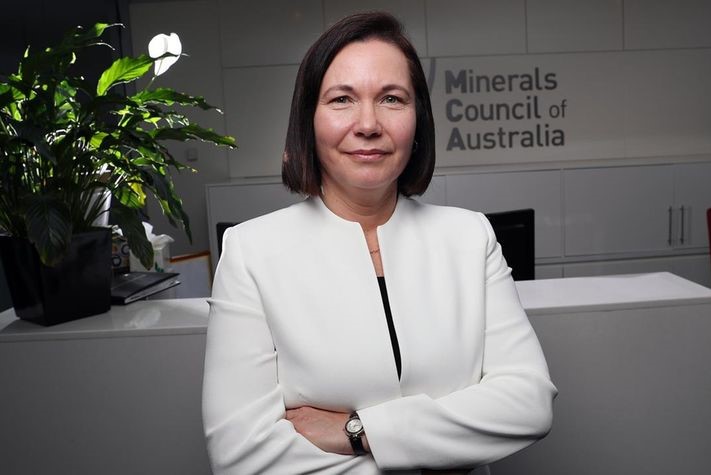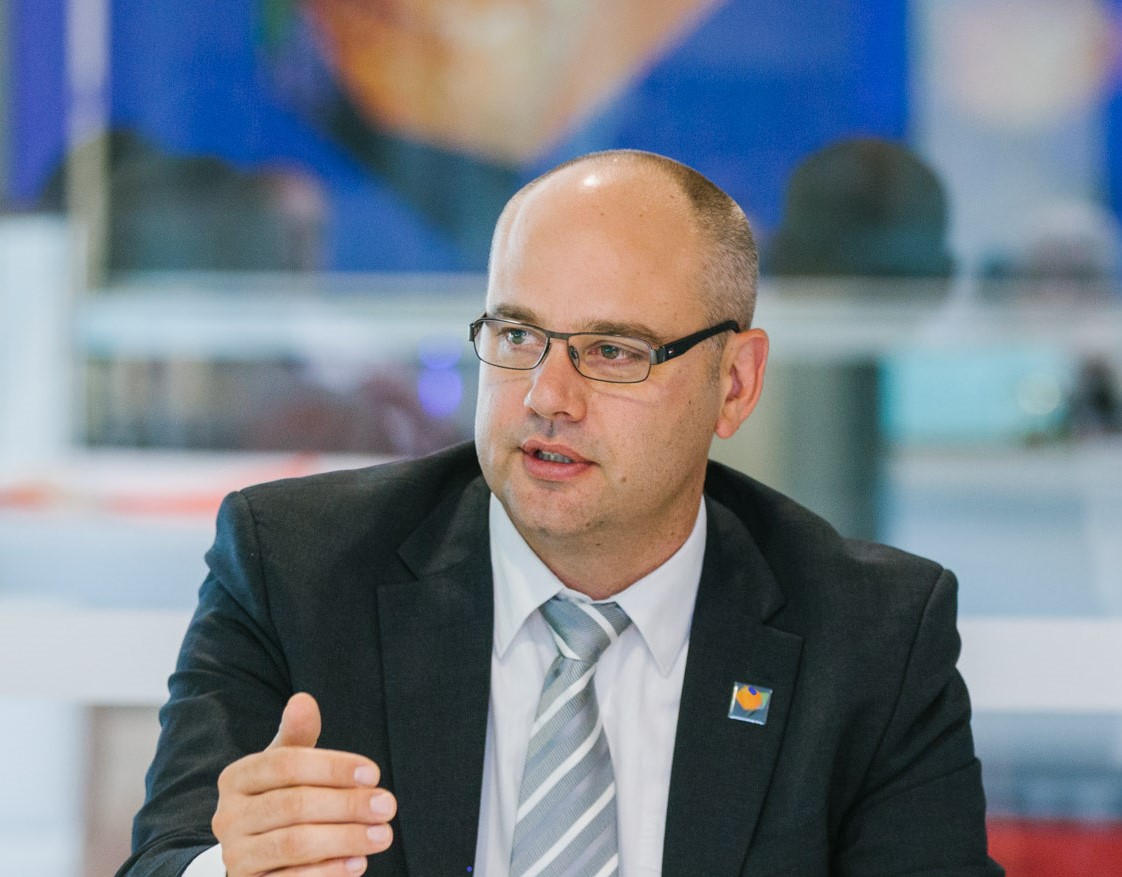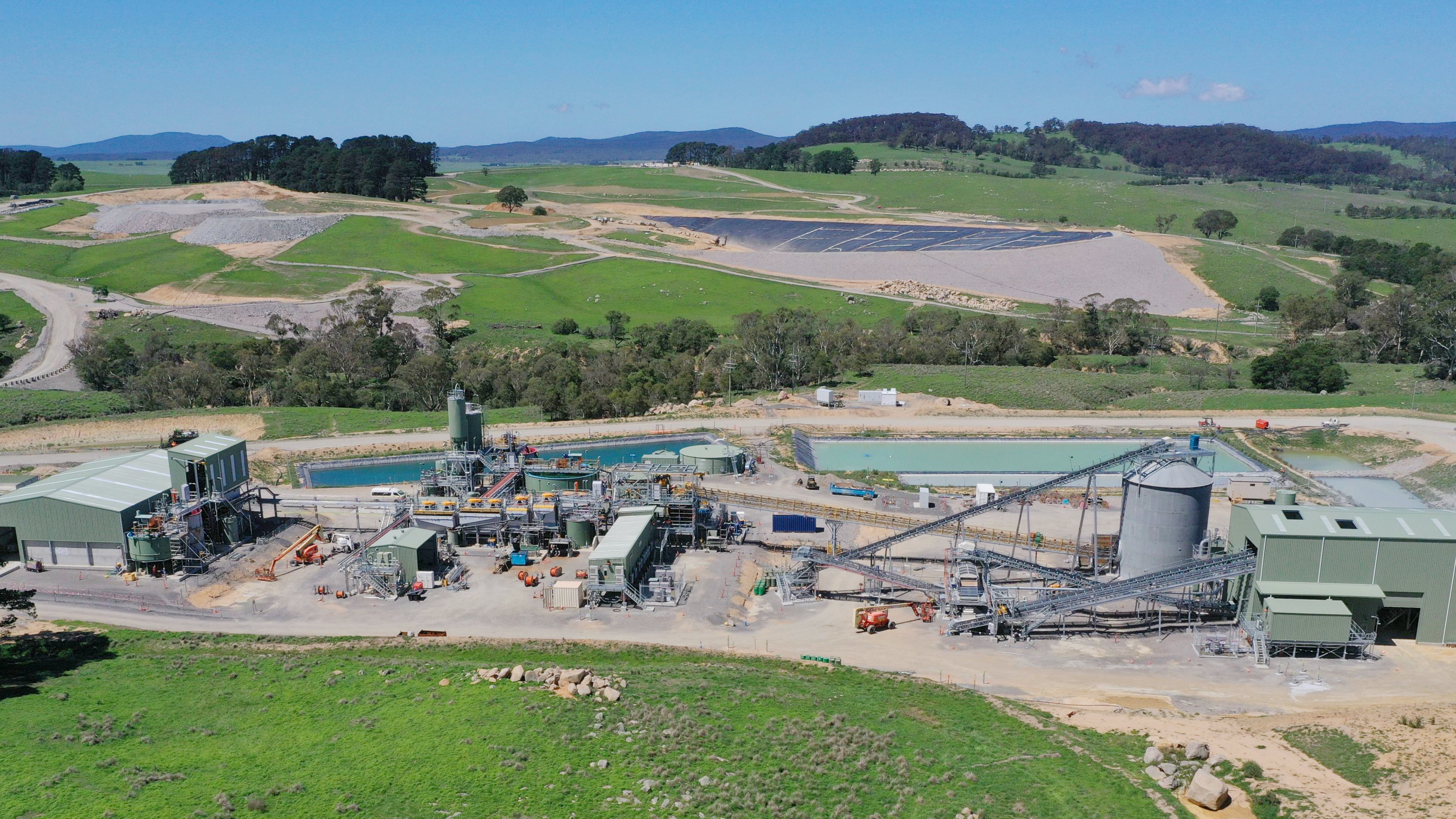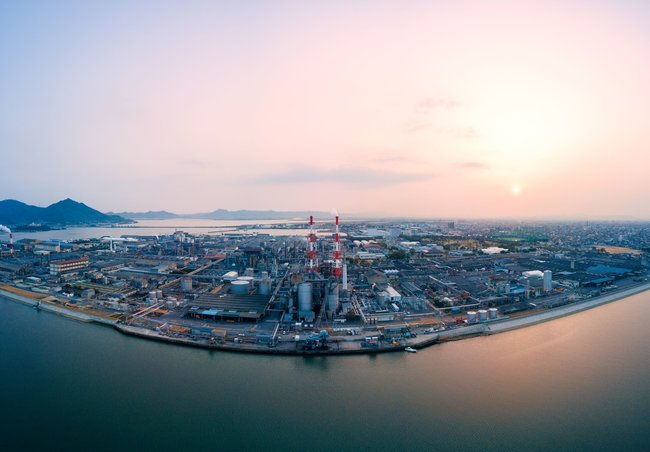In the 1950s, the saying goes that Australia’s prosperous export industry rose ‘off the sheep’s back’. Today, the mining sector is the country’s largest and most valuable industry. Mining makes up 11.1% of the nation’s economy, and the resources sector overall holds a 66.4% share of its exports, according to the latest data from the Reserve Bank of Australia.
“The mining industry is very cognizant of the major challenge of climate change, at a global level and domestically,” says Tania Constable, CEO of the Minerals Council of Australia (MCA). “All our members are committed to the Paris Agreement; last year we launched our Climate Action Plan, and in June we released our first report on emissions abatement from 2019-20.”

The report includes 12 case studies of operators’ specific initiatives, from renewables rollouts, carbon capture and storage development, methane capture and conversion, investment in electric and autonomous vehicles, battery storage and hydrogen trials, and exploration efficiencies.
“Technology is critical and is changing the way the minerals industry works,” says Constable. “It offers huge opportunities around decarbonization and the industry is doing major work: We have commenced 39 different abatement activities.”
METS Ignited is an Australian government-funded industry growth center, run by leaders from across the mining equipment, technology, and services (METS) sector. “Our focus is on commercializing technology, increasing skills and capabilities locally, and increasing access to export markets for Australian technology and innovation,” says Adrian Beer, CEO of METS Ignited.

“The mining sector has invested a lot of time and effort exploring different ways to address emissions,” says Beer. “It’s complex and there’s no one solution that’s going to solve the industry challenges.”
He sees a more recent industry shift in creating marketplaces for technology vendors to bring solutions to Australian mining companies. “There’s been a perception [in Australia] that mining companies are hugely profitable and can solve the problem themselves, but they were actually the first sector to say, ‘No, we can’t, this is much bigger than us and we need all the help we can get!’ ”
Beer says this shift has led to increasing collaborative investment with technology vendors who can help them address their emission challenges. “The whole range of technologies available to address emissions is in scope, and it’s aggregating demand across the different operators to make it more of an attractive market for vendors to address.”
That is seeing miners move away from mining-specific companies for solutions. “They’re looking across other technology companies that have served multiple industry sectors, including mining, oil and gas, agriculture, energy, and water,” says Beer. “These technology companies have greater depth, and more sustained investment in their R&D because they’re serving multiple markets, and at any one point in time, one of those markets is doing well.”
Advancing innovation to help emissions abatement
CSIRO, Australia’s national scientific research organization, has a series of missions to bring together the innovation sector, industry, and government to focus on major goals and problems. Warren Flentje is the mission lead for Towards Net Zero, an emerging program supporting emissions commitments across agriculture, industry, energy and resources through science and technology.

Mining companies are “feeling pressure from shareholders, community, their supply chains, and markets to decarbonize,” says Flentje. “At the moment, they’re focused on scope 1 emissions. The introduction of high-penetration renewables at remote mines in Australia means most have a clear path for getting to 50-60% renewables for their operations.” To achieve higher renewables targets, “we need to crack energy storage solutions and it has to come down significantly in cost.”
Removing diesel from operations is also an area of focus. “There’s a big push to electrify fleets, and there are particular challenges in underground operations,” says Flentje. “This is not just for climate impacts, but also health and safety.”
Addressing fugitive emissions, particularly from underground coal mines, is another critical problem to tackle. “CSIRO has a suite of technologies for this problem, known as ventilation air methane or VAM – methane emissions from underground operations,” says Flentje. CSIRO’s VAM technologies either destroy methane, capture it and separate it, or use captured methane in a catalytic combustion gas turbine to generate electricity.
CSIRO scientists have been researching carbon capture, utilization, and storage (CCUS) technologies for decades. CSIRO recently released its CO2 Utilization Roadmap. “We see CCUS as one critical part of the solution for hard-to-abate sectors,” says Flentje. “We need more demonstrations of CCUS at scale. There are opportunities in business-model innovation to bring the costs of CCUS down, particularly around sharing infrastructure. In the UK and Europe, we’ve seen a hub concept, where multiple CO2 sources can share a common storage infrastructure and thereby reduce the individual cost burden for those producers. That seems to be a successful model internationally, and the Australian government has recognized that with their recent announcement of $50 million in grants for CCUS hubs.”
Flentje stresses that more carbon-capture storage sites need to be developed in Australia. “It takes time to drill a hole, assess a new storage site, and go through all the processes to validate its safety, effectiveness, and storage potential, and then set up the infrastructure to do it,” he says. “That can take many years and we don’t have enough of those projects coming through the pipeline. There’s been a lot of work on the safety, efficacy, and permanence of geologically stored carbon. It works, it’s safe, and it can be done at a reasonable cost under the right conditions.”

Challenging industry to net-zero
Western Australia (WA) is the epicenter of the nation’s mining industry, stretching from the treasure chest of goldfields of Kalgoorlie in the state’s south-east to the iron-ore heart in the Pilbara in the north-west. Critical energy minerals are also in abundance, including lithium, cobalt, copper, nickel, and rare-earth elements – all essential to new and emerging technologies.
The state is dotted with mining activity new and old, and the Net-Zero Emissions Challenge from the Mineral Resources Institute of Western Australia (MRIWA) is a vital initiative promoting and funding research and innovation. It is focused on data-driven decisions, mining and processing technologies, and energy use, aiming to move decarbonization of the sector to becoming an opportunity, rather than a cost.
“We work with mining companies to help them to find technology solutions for their problems,” explains Nicole Roocke, CEO of MRIWA. “The mining companies that operate in Western Australia, especially the international ones, are setting ambitious net-zero targets. Given the size of the operations here and our access to renewables, I get the sense that Western Australia is leading the conversation and demonstrating what’s achievable, and also what the challenges are, because there are some huge ones ahead.”

Roocke says the climate in WA means many miners moved early to “displace energy that was previously made with diesel with renewable solar generation, however that’s only one aspect of where the mining companies use fossil fuels.” She says companies are working on better understanding their emissions profiles across the whole mining value chain so they can better target abatement.
“Power generation is the largest and easiest,” she says. “With increased deployment of renewables, some are rethinking whether they continue to operate 24/7 or whether they adjust their mining and process solutions to cope with intermittent power supply. If they want to maintain 24/7, they need to be able to find storage solutions to shift the time between when power is generated and when it’s needed.”
Solutions to decarbonize operations will vary, she says, across different commodities. This involves data analysis of bottlenecks in the process and assessing the potential of running energy-intensive operations such as grinding mills at a time of day when there’s plentiful solar generation. “There’s a real need for digital models to help companies do scenario planning around the options,” she says.
“The METS sector is incredibly important in developing tools to help industry. A lot of the early gains from technology are productivity gains that are also delivering decarbonization benefits, so it’s a win-win,” says Roocke. But the net-zero challenge gets harder once that low-hanging fruit has been plucked. “There will still be emissions, so what are the technologies that will help them offset energy used elsewhere in their processes to achieve net-zero?”
As METS Ignited’s Adrian Beer notes, “Achieving net-zero emissions is not going to be solved by any single technology.” He reels off a list of areas where there are “pilots galore” under way to trial new technologies targeting decarbonization.
“The industry is willing to embrace a whole range of different options to help them address emissions... End operators don’t want to fix it themselves – they're not in the business of developing technology, they're in the business of producing commodities efficiently, cost effectively, and sustainably.”
Beer says this means they are looking to external innovators and vendors to help them in the urgent push to achieve net-zero emissions. “Because no matter what the question is, the answer will be technology.”
Energy Forward Stories
Sign up to stay up to date on the latest innovations and people shaping the future of our industry.




